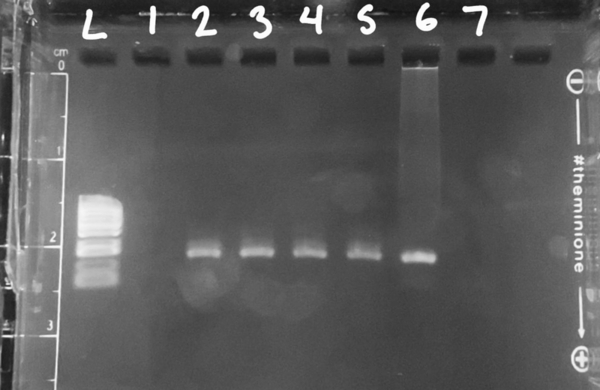Optimizing an eDNA assay and field deployment to detect decapod species in Oʻahu streams
(1) 'Iolani School, (2) Iolani Community School, 'Iolani School, (3) Pacific Biosciences Research Center, University of Hawai'i at Mānoa
https://doi.org/10.59720/23-279
Environmental DNA (eDNA) survey methods have been used to detect both cryptic and invasive species. Native Hawaiian decapod species (‘opae) are often relatively hard to observe manually due to low density, resulting in the need for the development of more sensitive monitoring and surveillance tools. Native ʻopae have been historically hard to detect, and eDNA methods may allow researchers to detect them when manual surveys cannot. The purpose of our study was to determine if eDNA could either complement or validate stream species presence determined by traditional biomonitoring methods. We hypothesized that an eDNA method would allow for successful detection of decapods, which are ten-legged crustaceans. Using this assay, we were able to successfully detect decapods that aligned with manual monitoring surveys and detected species that were not manually observed. Our research indicates that eDNA can complement manual monitoring techniques and discover cryptic species in the environment.
This article has been tagged with: